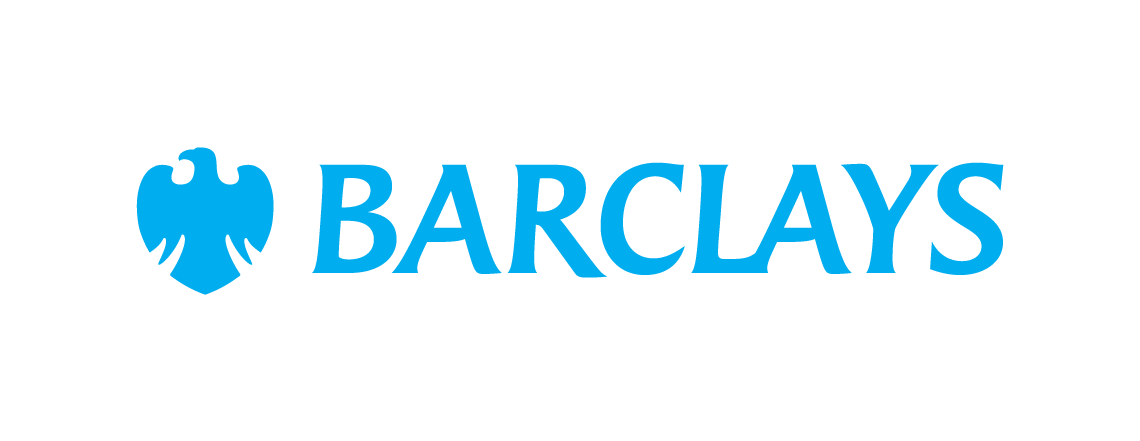6 Tips for Setting Effective Financial Goals
Do you have a financial goal that feels impossible to achieve? Follow these tips to get on the right track and that goal will soon be within reach.Image source: Getty Images.
Do you have goals for what you hope to do with your money? If you don't, chances are you'll end up spending your cash mindlessly and have little to show for the fruits of your labor. Having a financial plan is key to achieving big things, but you can't make just any old plan -- you need to set effective financial goals that you can actually achieve.
Setting financial goals that you're likely to accomplish is easier said than done, but there are some proven techniques that make success much more likely. If you want the best chance of being able to achieve your financial goals, do these six things when you set them.
1. Only set goals you really want to accomplish
It's up to you what you want your financial goals to be -- but if you don't really believe in them, you're not likely to achieve them.
If you don't really want to buy a house, for example, you're unlikely to be very motivated if you set a goal to save for a home down payment. That's even if you feel pressure to make this a goal because your friends and family assume you'll become a homeowner.
Take the time to really think about what matters most when it comes to your money, and pick a few key goals you want to work toward.
2. Make your goals specific and measurable
In order for something to be a goal, rather than just a wish, it's important you have a very clear definition of success. In other words, if you want to retire early, your goal can't just be "save enough to retire early." After all, a "goal" this vague doesn't really give you anything concrete to work toward.
When you set your goals, be very detailed about what you hope to accomplish and make sure you define exactly what success means. If your goal is to retire early, this would mean figuring out what specific age you want to retire, determining exactly how much money you'd need to do it, and then deciding how much you'd need to save each month to achieve your goal.
3. Ensure your goals are reasonable
Setting a goal you can't achieve is setting yourself up for failure, and is likely to discourage you from making more financial goals. As you establish specific, measurable goals, make sure that you can actually achieve what you're setting out to do.
This doesn't mean you shouldn't push yourself to try to accomplish big things. You can set goals that seem just a little bit out of reach if you're willing to push yourself and go the extra mile. But don't make your objectives impossible. Retiring at 30 years old when you're already 28 might be out of reach unless you win the lottery, but you might instead be able to make a realistic plan to retire at 40 if you really buckle down.
4. Break big goals down into small ones
A lot of things you want to do with your money involve saving what seems like a fortune. Early retirement, for example, might necessitate saving $1 million, while even saving for a $100,000 home down payment may take years.
Instead of setting a big goal that you're miles away from achieving, break your big objective down into a series of smaller milestones. You could set a goal to save $20,000 a year toward that down payment, for example, or to max out your 401(k) every year.
By choosing a goal you can accomplish within a reasonable time frame, you'll have the finish line in sight and be a lot more motivated to push yourself than if your win won't occur until the distant future.
5. Set a timeline
With any goal you set, you want to have a specific deadline for achieving it, otherwise it may just stay on your to-do list forever.
Establishing a timeline for achieving your goals allows you to track your success more easily to make sure you're on the right path. It gives you something to look forward to so you'll be inspired to hit your deadline. It can also help you to figure out exactly what you need to do to achieve your objectives.
If you know you want to hit your goal of saving $100,000 for a down payment for a house within five years, you can work backwards to determine that this means you'd need to save $20,000 annually. If this isn't doable, you can make adjustments to your goals, or you can find another way to hit an objective that seems impossible -- such as taking on a side gig or moving to a cheaper place in the meantime.
Ideally, your deadline for achieving any of your goals should be no more than a few years out. If you have a goal that will take much longer to accomplish, this is where breaking it down into smaller objectives becomes important.
6. Track your progress
Finally, it's imperative you monitor your efforts to achieve your goals so you can make adjustments if you stray off course. You can use apps or a spreadsheet to track your savings progress, or come up with a creative way to visualize your success.
If you're trying to save $100,000, you could build a big Lego tower and add a new section each time you save $1,000. Or, you could make a paper chain representing the debt you're trying to pay off and remove a link each time you drop your balance by $100.
Whatever approach you take, just make sure you have a way to see your progress so you can stay excited about your successes as you get close to achieving your goal -- and so you can spot setbacks quickly and adjust.
Setting effective financial goals is possible
Now you know how to set effective financial goals, so you have no more excuses. Set some goals for yourself today and start working on achieving them. You'll be proud of yourself and glad when you can check your goals off your financial to-do list and start to do big things with your hard-earned cash.
These savings accounts are FDIC insured and could earn you 11x your bank
Many people are missing out on guaranteed returns as their money languishes in a big bank savings account earning next to no interest. Our picks of the best online savings accounts could earn you 11x the national average savings account rate. Click here to uncover the best-in-class accounts that landed a spot on our short list of the best savings accounts for 2024.
Our Research Expert
We're firm believers in the Golden Rule, which is why editorial opinions are ours alone and have not been previously reviewed, approved, or endorsed by included advertisers. The Ascent does not cover all offers on the market. Editorial content from The Ascent is separate from The Motley Fool editorial content and is created by a different analyst team.
Related Articles
View All Articles
